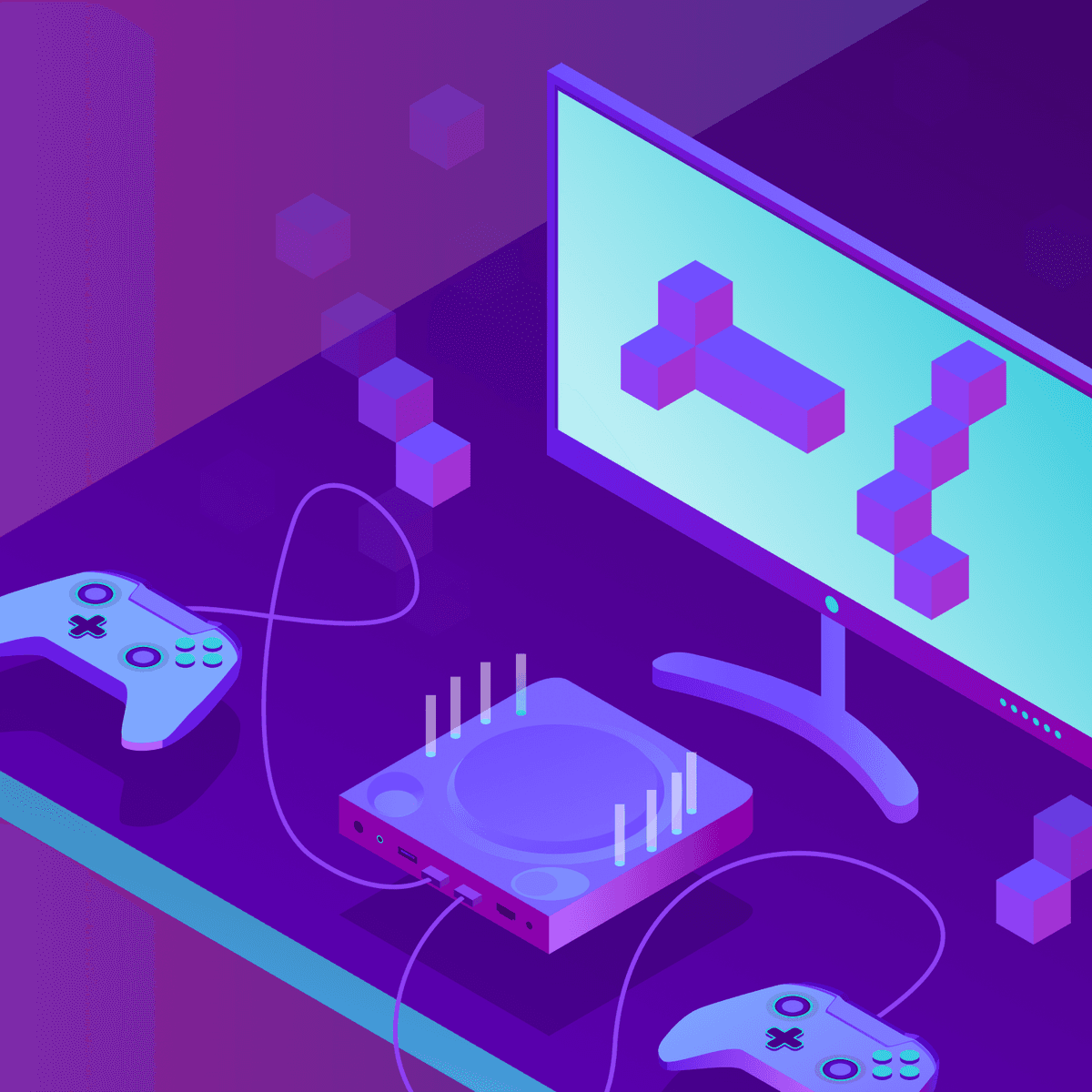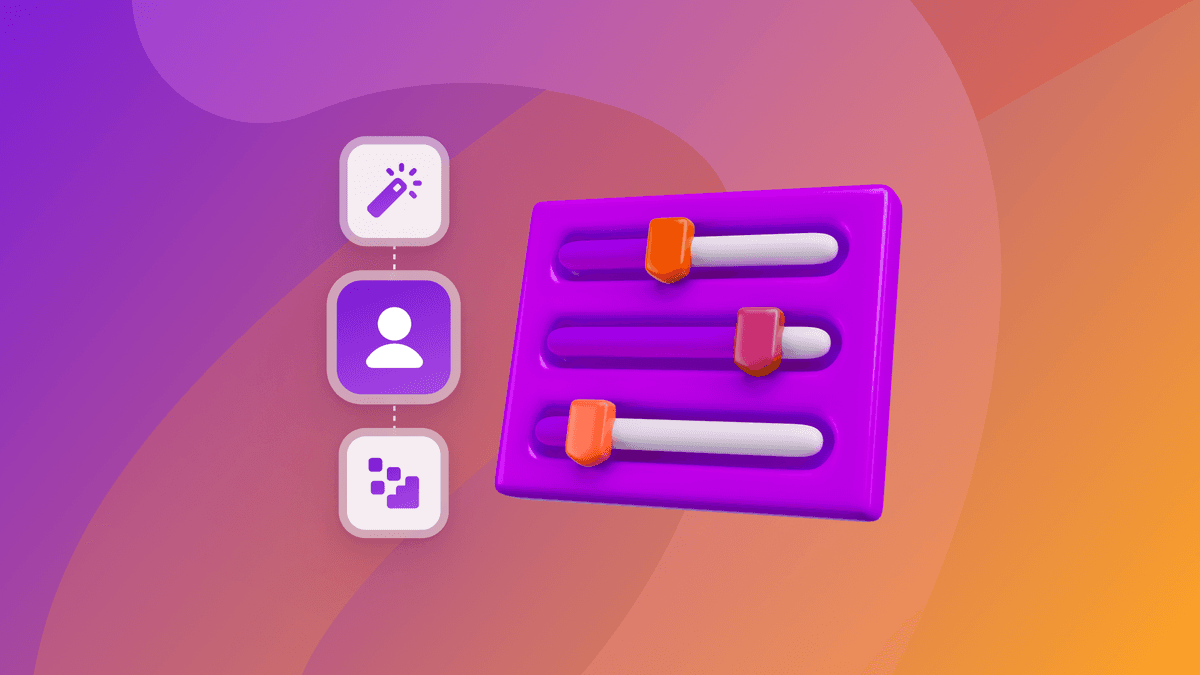Growth for Gaming: How Embracing a Player-Centric Approach Drives Success
Published on March 11, 2022/Last edited on March 11, 2022/8 min read

Emily Moschet, Brandon Liu, and Neha Aletty
Player acquisition has always been a major priority for gaming companies: In 2021 alone, the industry saw its base of players grow to more than 3 billion, an increase of 5.3% year over year. Even more exciting? Last year, gaming brands saw a 48% spike in subscription rates, a major jump that’s even more impressive when you consider how challenging it can be to retain players in today’s highly competitive market.
But it’s worth noting that the largest increase in subscriptions—a 56% rise—came from individuals who played mobile and console games every day, suggesting a close tie between strong activation/engagement and the odds that a given player decides to subscribe. With in-game purchases and add-ons making up 42% of gaming revenue, it’s clear that highly engaged customers make it possible to more effectively monetize mobile and console platforms to drive overall growth.
What does that mean for gaming brands? This research suggests that brands in the space who focus on new player acquisition without investing just as seriously in activating and retaining those new players by reinforcing playing habits and supporting increased engagement may be leaving money on the table. So let’s take a look at how brands can drive stronger growth by embracing a thoughtful, player-centric approach to activating, monetizing, and retaining new customers.
To Reach Your Business Goals, Start With a Deep Understanding of Individual Users
In recent years, we’ve seen mobile gaming boost its popularity by integrating gamification with user creation (Roblox), entertainment (concerts in Fortnite), and sports (Sony). That said, convincing players to come back consistently and with increased frequency continues to be a challenge: Braze research has found both that only one out of every five players returns in the month after their first session** and that monthly sessions associated with active users and daily user stickiness plateaued in late 2021 at 14% and 4%**, respectively.
Meeting that challenge requires gaming brands to ensure that new players are successfully activated and able to continue gaining value from a given game over time. To make that happen, gaming brands need to take steps to better understand each individual player—from what motivates them to play a game to when/where/how they play. A study conducted by Science Daily found that player motivations (such as feelings of curiosity, achievement, or need for a challenge) correlate with high, medium, and low engagement levels, suggesting that gaming brands can drive stronger engagement with personalized experiences informed by player preferences and needs.
In practice, that might look like: Using email to share a tutorial on game tips and tricks with new players; leveraging time-sensitive channels like push notifications to surface progress stats or advanced techniques to more tenured players; and reaching users motivated by competition with friends with in-product messages (such as in-app messages or Content Cards) highlighting leaderboard stats. Gaming companies have lots of options for providing nudges across messaging channels, but using them to fit the message to each individual player and to reach them when and where they prefer is key. Otherwise, you run the risk of hitting players with a barrage of notifications that can increase negative emotions by overwhelming or annoying them, potentially driving disengagement and uninstalls.
Increasing Player Frequency and Monetization Boosts LTV
The more frequently a given player engages with a game, the more opportunities that gaming brand has to boost growth via monetization tactics (e.g. upsells, ad revenue). You can see this dynamic in action with gaming microtransactions: In 2021, about 20% of players conducted these microtransactions (also known as in-app purchases) and the associated revenue is projected to grow to $67.6 billion in 2022, up 13.6% compared to 2021. These purchases, which take place inside the game or gaming app, have proven to be key growth levers in the industry, especially given the fact that revenue from game downloads has been essentially flat YoY due to updated app store policies.
However, while in-game purchases are lucrative, to successfully increase the odds that players carry out this kind of transaction, gaming brands need to move beyond grouping players by persona and instead focus on understanding individual player preferences and motivations. For instance, a player who begins logging in less frequently may be experiencing waning curiosity about the game—and highlighting the ability to purchase access to a new level or unlocking a surprise feature could serve to address that issue and increase their engagement. Similarly, a player motivated by friendly competition might play more frequently if the game uses messaging to highlight the ease of inviting friends to play with them, strengthening their attachment to the game while also increasing the number of impressions that advertisers can tap into.
Persistent in-app messaging channels, like Braze Content Cards, can be a great way for gaming brands to encourage more frequent engagement from players who are motivated by competition. This highly flexible channel, which can be integrated directly into an app or website in a variety of ways, could be used to encourage players to promote a game to their friends and family via a referral program, supporting gaming brands' ongoing acquisition and activation strategies. Plus, Content Cards can serve as a direct monetization tool by allowing gaming brands to partner with other companies and feature their products within the app, driving additional revenue with minimal effort.
By thinking through these potential monetization levers and targeting them to players in a dynamic way based on their interests and behaviors, gaming brands can help to drive increased player spend while also uncovering new ways to unlock additional value.
To Drive Value, Gaming Brands Need an Environment of Aligned Tools and Teams
When you get right down to it, the teams at gaming companies that work together to drive growth (think marketing, studios, product/developers, and analytics) tend to have the same topline goal: Make players love the game, so they end up playing more, become more invested, and drive stronger overall value for the company. That said, the success metrics and day-to-day objectives of these teams often differ, driven in part by their varying levels of knowledge about their players. In fact, in a survey of game development professionals, 22% cited a lack of cross-team collaboration as a major challenge for growth, the most of any response.
What does that misalignment look like? For one thing, your product/developer teams might be focused on building the gaming experience without thinking through how player behaviors could allow them to tap into additional gaming audiences, while your marketing team might be focusing solely on media channels to drive awareness and subscription upsells because they lack access to the same level of player information. Franchise-fragmented studios and their individual data teams working with different tools can also garner varied—even contradictory—insights into user behavior, which may then be passed to different teams within the organization. These silos could lead a brand to miss ideal opportunities to leverage the in-app user experience to nudge users to add a friend/try a new game or to overlook opportunities to better engage their player communities post-purchase.
Building and maintaining a successful gaming franchise requires 360-degree organizational support—and failing to align on a shared, player-centric approach due to organizational or data silos can cause a major bottleneck that undermines growth. According to the 2022 Customer Engagement Review (CER) from Braze, companies that exhibited customer engagement maturity—by operationalizing real-time customer data by making it accessible for cross-functional teams to orchestrate cross-channel experiences—saw an 89% uplift in average user lifetime value. Accordingly, it’s essential for marketers, developers, and analytics teams to implement tools that enable them to break down data silos, supporting:
- A single, cohesive view of players across devices, games, and digital properties
- The ability to understand and act on player motivations to develop relevant, real-time strategies to encourage players to build habits and make further purchases
- The sharing of insights between teams, making it possible to accelerate time to market, testing, and innovation
Final Thoughts
Ready to take your player activation, monetization, and retention strategies to the next level? For more information on how companies can drive transformation through focusing on seamless customer experiences, check out the Braze 2022 Global Customer Engagement Review.
Methodology**In this analysis, we looked at monthly activity, daily stickiness, and monthly retention for new players associated with 68 current Braze gaming customers between September 2021 and February 2022 (i.e. the past 6 months). For the purposes of this analysis, stickiness was defined as Daily active users per month/monthly active users of the same month, while monthly retention was calculated using classic retention (users from month 0 with a session in month n).
Related Tags
Be Absolutely Engaging.™
Sign up for regular updates from Braze.
Related Content
View the Blog
How behavioral marketing turns data into personalized experiences

Team Braze

The new inbox reality: How iOS changes are reshaping email marketing

Aparna Prasad

Experience optimization: Turning data insights into better journeys
